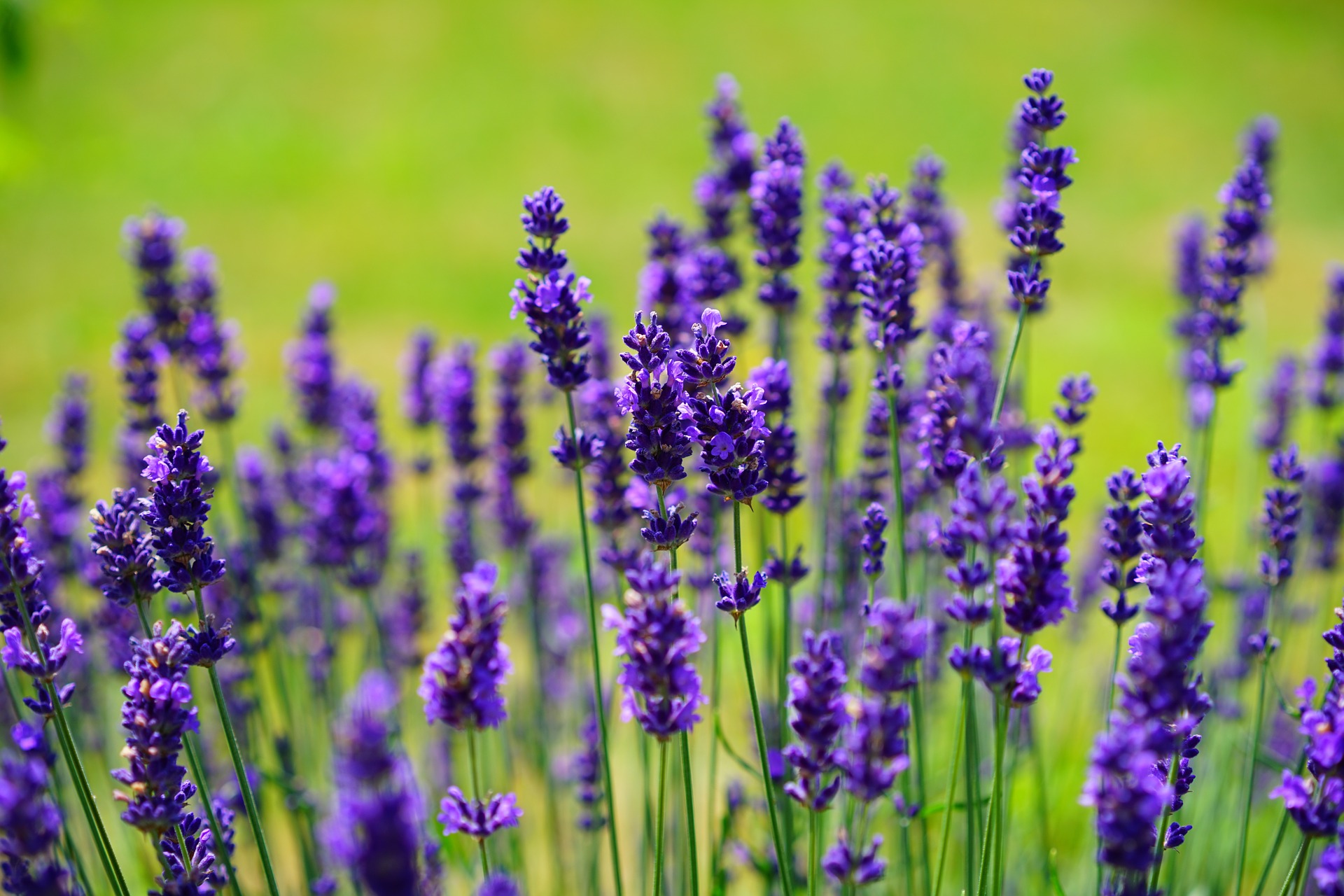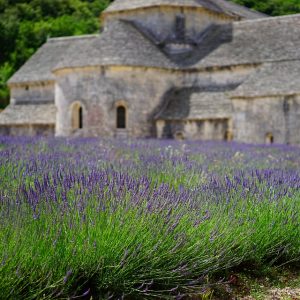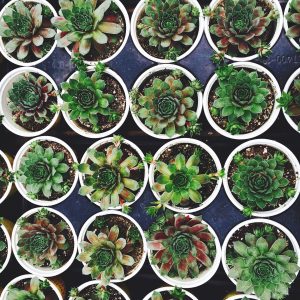Commercially lavender is grown in France, England, Spain, Italy, USA, Australia, South Africa, New Zealand and Japan. Each region growing species that are best suited to local conditions – many trials have been conducted world-wide to isolate the best species for specific local conditions.
E-Learning Structure
The duration of this online course is 100 hours. This consists of 10 in-depth lessons:
- Introduction: Classification and identification of lavender, general characteristics of the group, contacts (ie: nurseries, seed, clubs, etc.)
- Soils, Fertilisers and Nutrition for Lavender: Soil structure, pH, organic matter, ameliorants and organic growing.
- Cultural Techniques for Lavender Growing: Pruning, water management (mulching, irrigation, drainage, etc.), planting and establishment methods, crop scheduling, no dig gardening.
- Lavender Propagation: Propagation from cuttings, propagation growth media, other propagation methods,
- Commercial Alternatives: Managing a Market Garden, standards, mulches, problems and their control, weed control without chemicals, economic outlook for herbs.
- Plant Variety Selection and Breeding: Breeding and selecting new varieties, lavender clone selection for essential oils in Tasmania.
- Building Plant Knowledge: Lavender types and other varieties, advantages and disadvantages of different varieties.
- Harvesting, Postharvest Treatment and Storage: Harvesting, distillation and oils, post harvest preservation of fresh herbs, drying lavender.
- Processing and Making Lavender Products: Lavender crafts, using herbs in cooking, selling herb products.
- Marketing Lavender Produce: how to market your produce, considering your market, market research, selling successfully.
Course Aims
- Prepare a collection of 20 different types of lavender in the form of pressed, dried, labelled specimens
- Compile a resource file of contacts relevant to lavender and lavender growing
- Contact a number of lavender related organisations for information on their activities in the industry
- Collect and test at least three different soil samples
- Identify and (optional) manufacture a potting mix suitable for lavender growing
- Collect information on organic and inorganic fertilisers from fertiliser companies
- Research information on machinery used in horticulture by contacting the companies that produce it
- Produce a no dig garden or an organic garden
- Manufacture a propagating mix for lavender cuttings
- Take lavender cuttings for propagation
- Contact a herb nursery to observe their operation
- Research irrigation equipment by contacting irrigation suppliers
- Cross pollinate lavender and grow the resulting seed
- Compare various types of lavender
- Harvest a number of different types of lavender
- Produce a small quantity of lavender oil
- Produce two non edible and one edible product containing lavender
- Visit a shop selling lavender products to observe marketing procedures
How Does A Warnborough Online Course Work?
You can start the course whenever is convenient for you. You will be studying from home and have access to support from our qualified tutors. Practical exercises and research tasks will be set at the end of each lesson – including an assignment. You will submit this assignment to your course tutor, who will mark your work and give you constructive feedback and suggestions.
If you have any questions please contact us.





